Leftover rice harbors a surprising danger. Bacillus cereus, a harmful bacterium, lurks in uncooked rice.
This pathogen survives cooking and multiplies rapidly as rice cools. Annually, it causes over 63,000 food poisoning cases in the US alone. But what makes this common staple so risky?
The Danger Zone: When Rice Turns Toxic
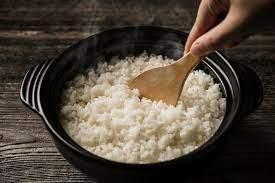
Rice enters the perilous “danger zone” between 40°F and 140°F. In this temperature range, bacteria thrive and multiply exponentially.
Just one hour at room temperature can turn your leftover rice into a bacterial breeding ground. The question is: how long has your rice been sitting out?
Fried Rice Syndrome: Not Your Typical Takeout
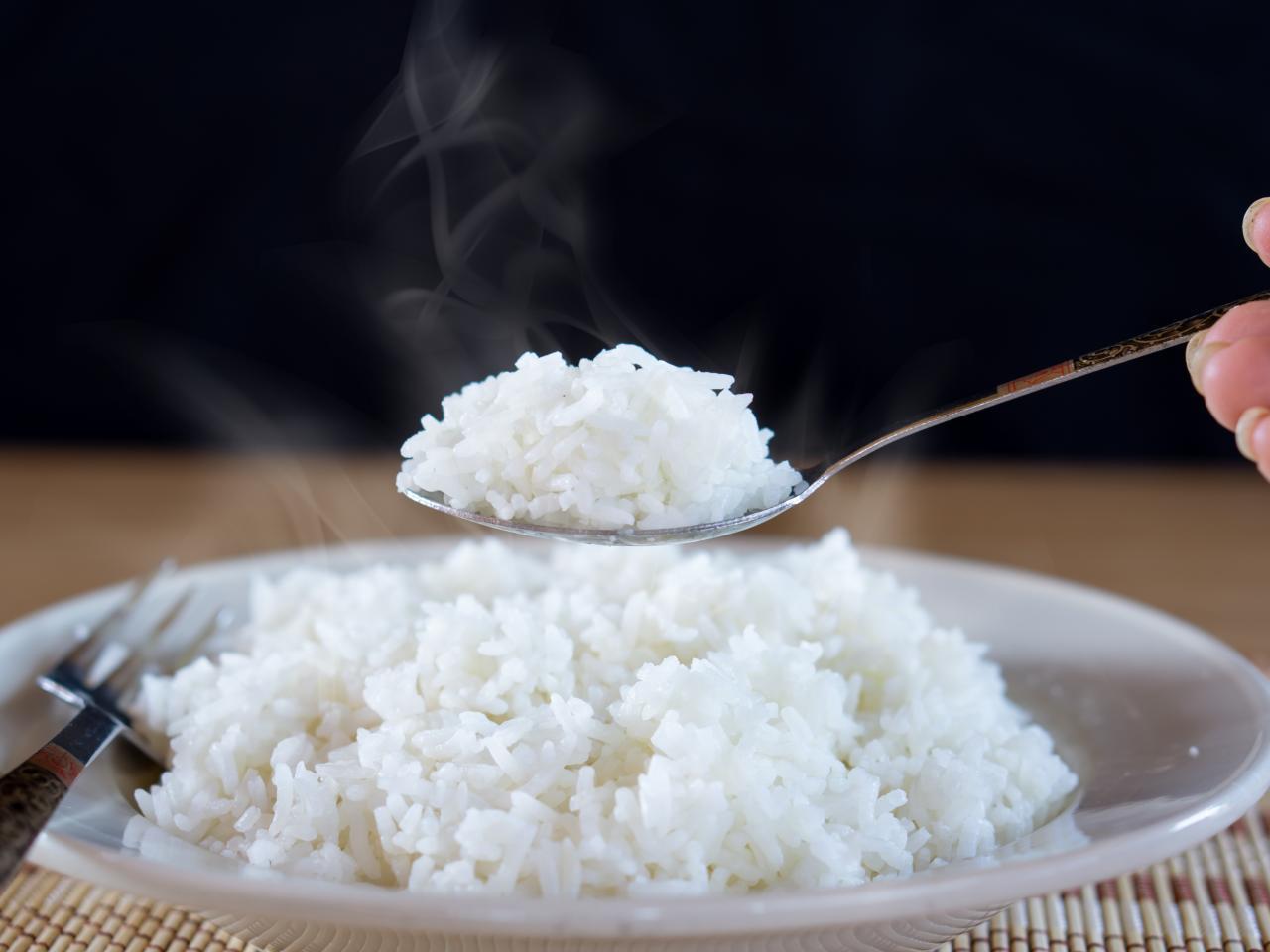
“Fried rice syndrome” isn’t a quirky menu item. It’s a serious illness caused by contaminated rice.
Symptoms include severe vomiting and diarrhea, often striking within hours of consumption. Shockingly, 5% of all food poisoning cases in the UK are attributed to rice. Is your stomach strong enough to risk it?
Time is of the Essence: Refrigerate Rapidly

Experts recommend refrigerating rice within one hour of cooking. This rapid cooling halts bacterial growth in its tracks.
However, 62% of people admit to leaving cooked food out for over two hours. Are you unknowingly cultivating a bacterial feast in your kitchen?
The Refrigerator Dilemma: Cool Rice Safely
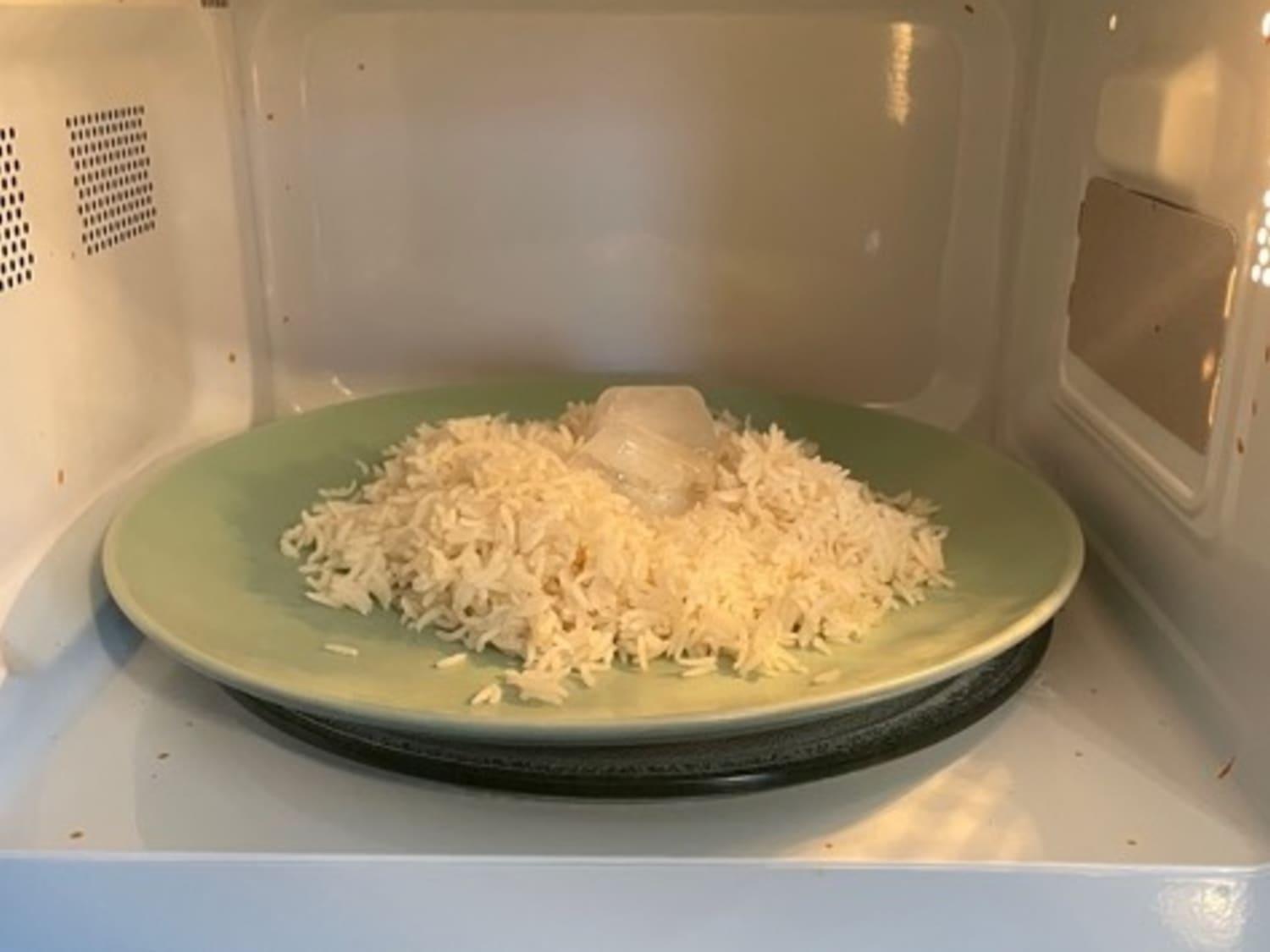
Placing hot rice directly in the fridge poses its own risks. It can raise the internal temperature, jeopardizing other foods.
Instead, divide rice into smaller portions for quicker cooling. Food safety experts suggest reaching room temperature within 90 minutes. But what if you’ve already refrigerated a large, hot batch?
Beyond Rice: Other Grains Harbor Dangers
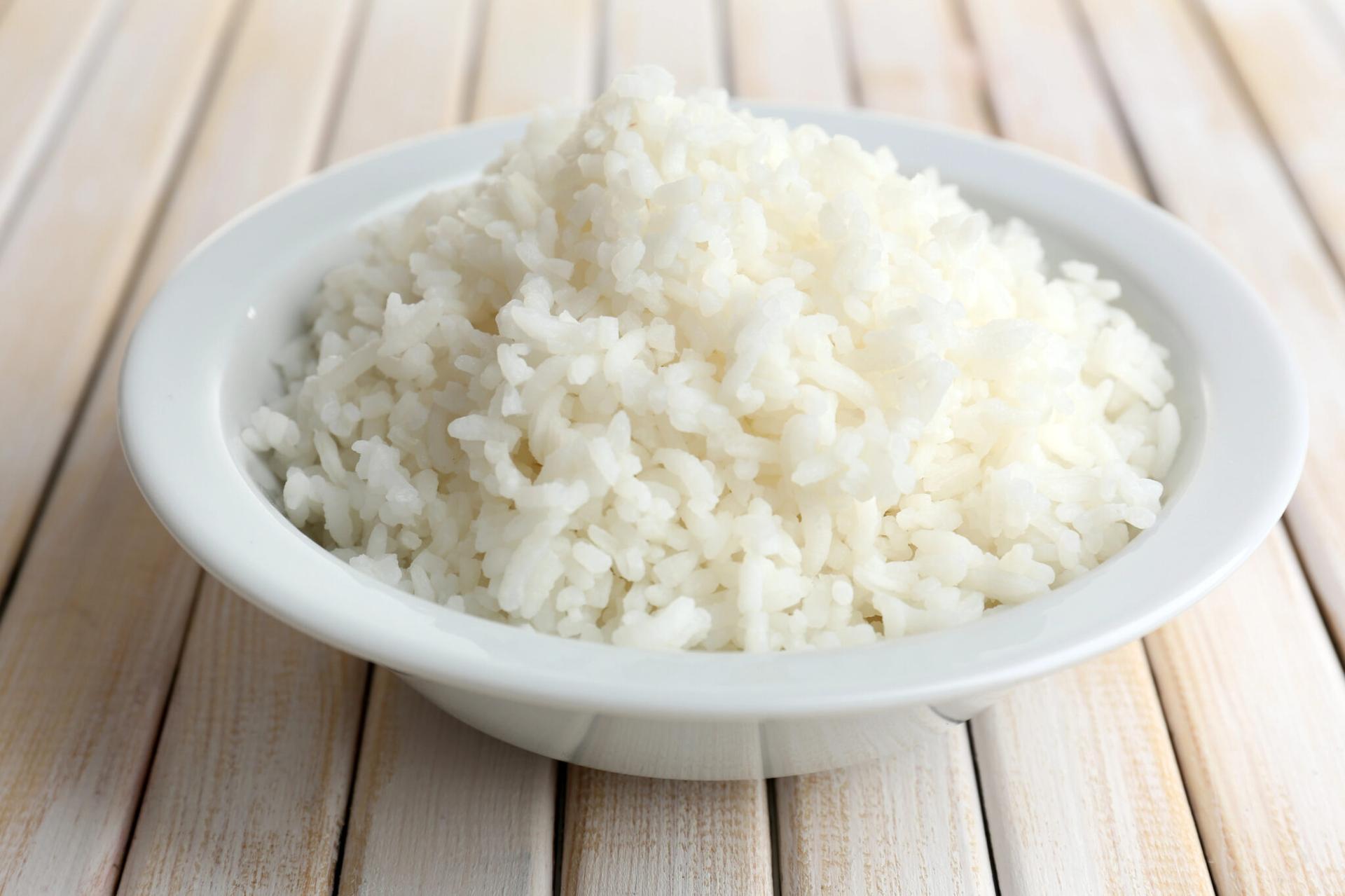
Rice isn’t the only culprit. Pasta and other grains can harbor similar risks. A tragic case in 2008 saw a young man die after eating 5-day-old pasta.
While rare, such incidents highlight the importance of proper food handling. What other leftovers might be lurking dangerously in your fridge?
The Reheating Debate: Once or Multiple Times?
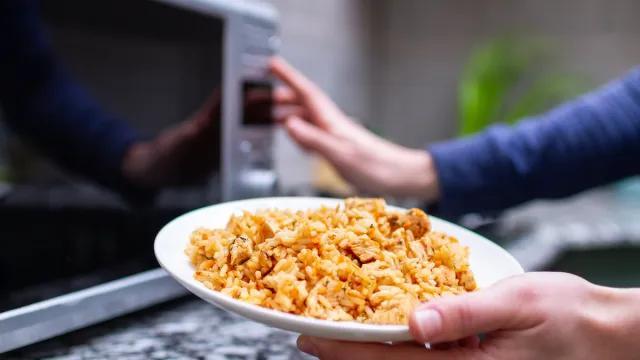
Opinions vary on reheating frequency. The NHS advises reheating rice only once, while Food Network suggests multiple times is acceptable.
Regardless, always ensure the internal temperature reaches 165°F. With each reheat, the risk of bacterial growth increases. How many times have you reheated your rice?
Storage Duration: How Long is Too Long?
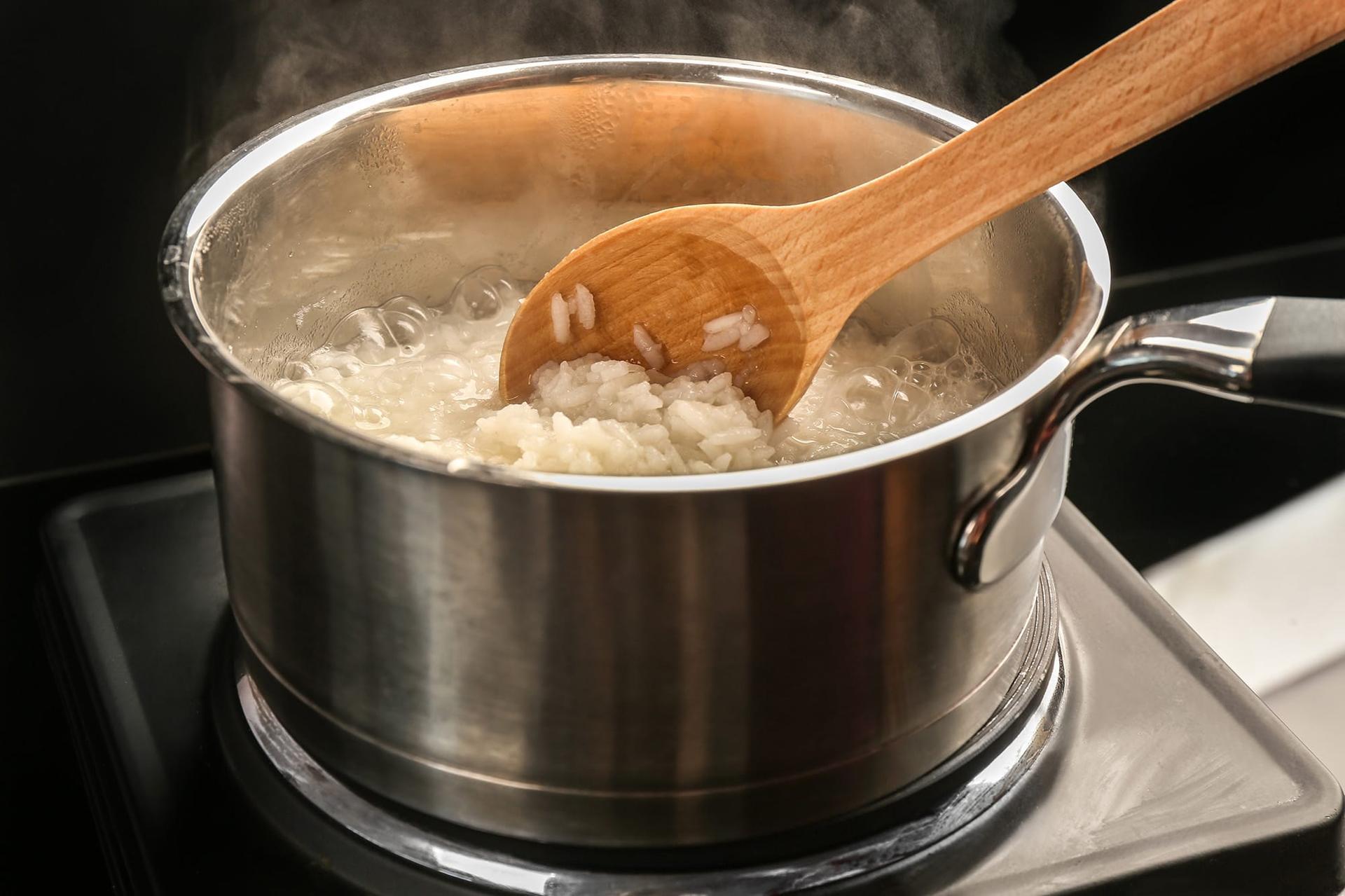
Storage recommendations range from one day (NHS) to six days (USDA). This discrepancy leaves many confused. Err on the side of caution and consume within 1-2 days.
Remember, invisible bacteria could be multiplying with each passing hour. Can you recall how old your refrigerated rice is?
Portion Control: A Food Safety Strategy
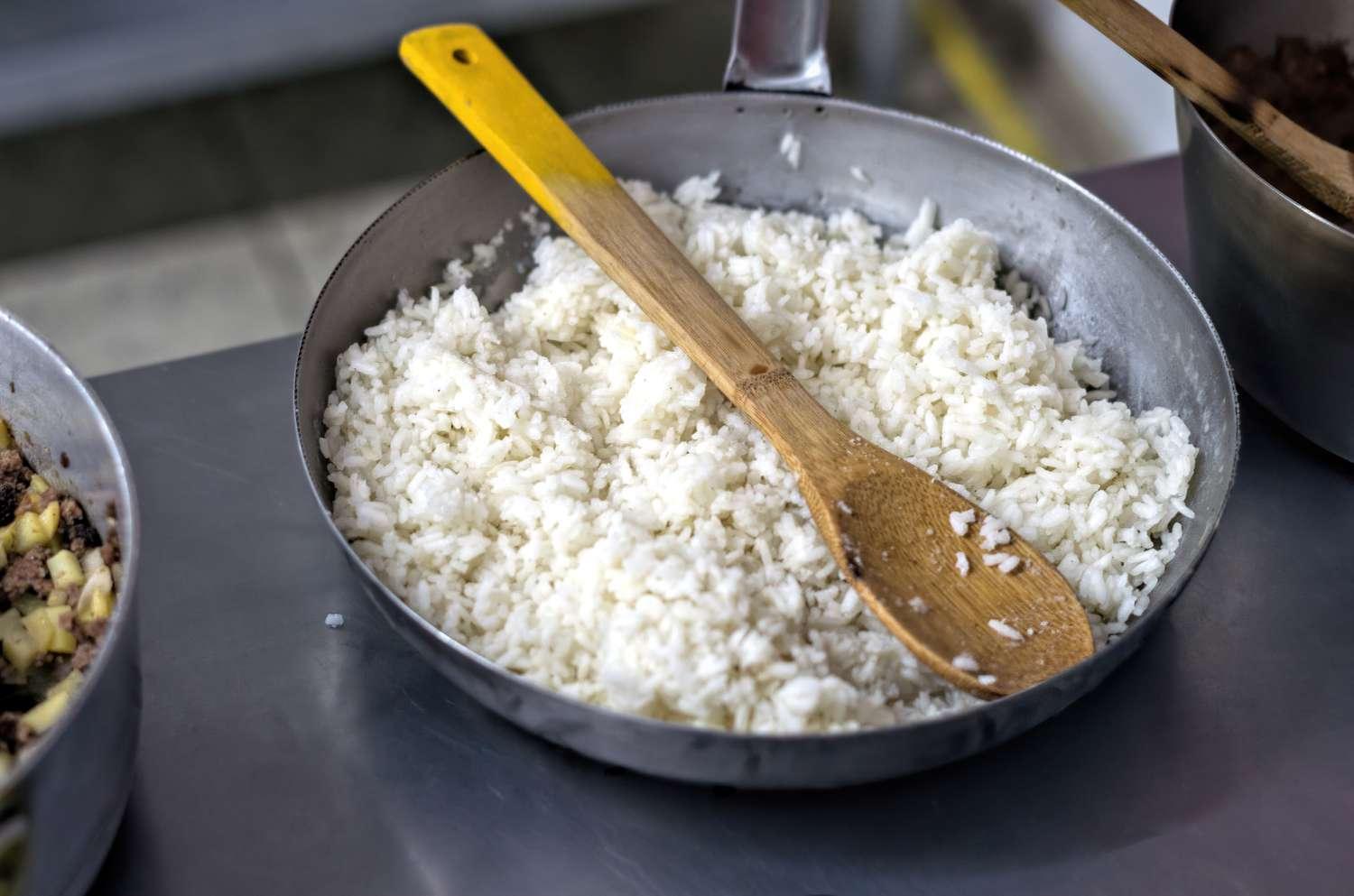
Cooking only what you need reduces both food waste and poisoning risk. Americans waste about 40% of their food annually.
By preparing smaller portions, you not only save money but potentially your health. How often do you overestimate your rice needs?
The Steaming Hot Rule: Reheat Thoroughly
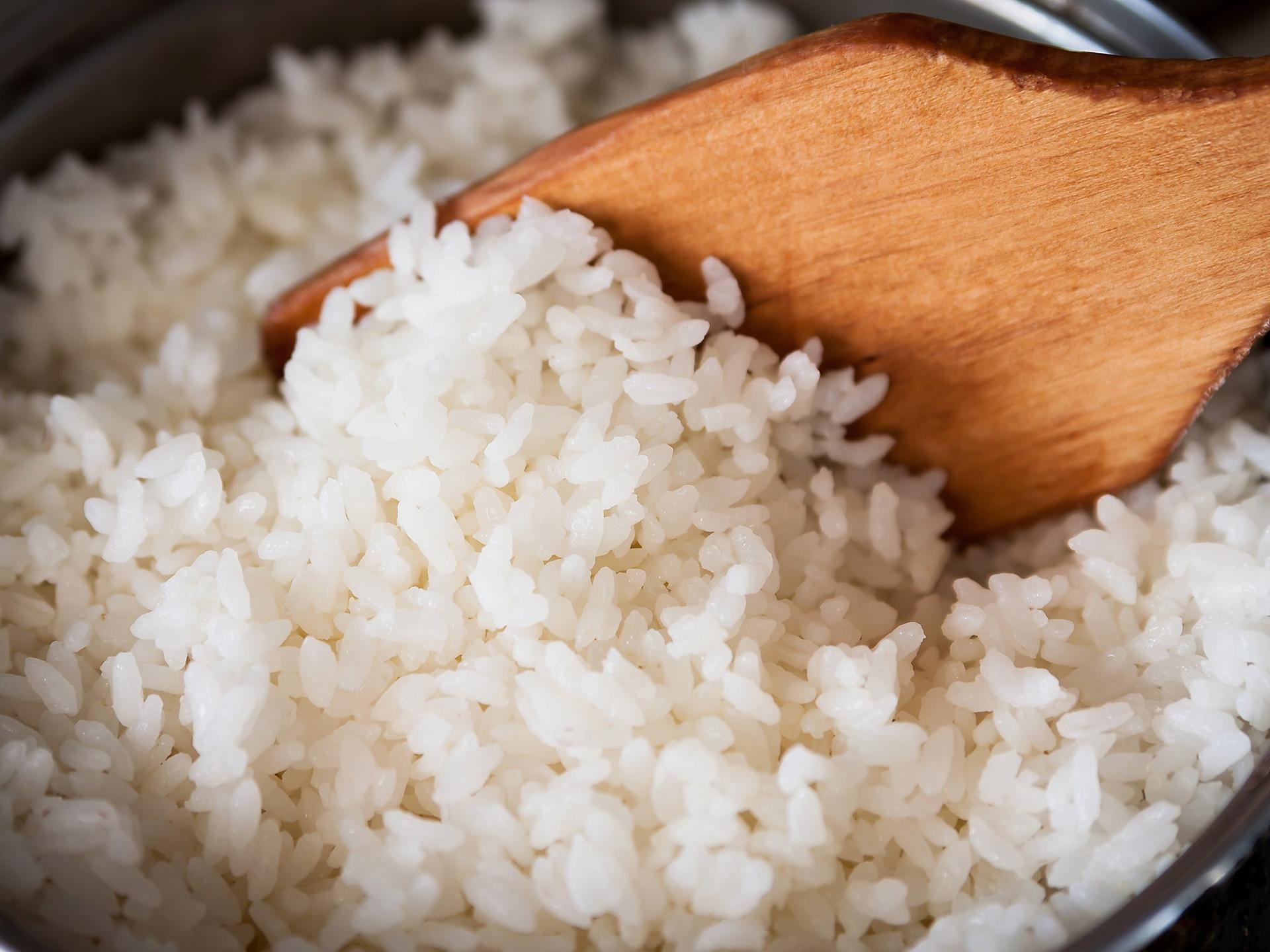
When reheating, ensure your rice is steaming hot throughout. Use a food thermometer to verify the 165°F internal temperature.
Studies show that only 23% of home cooks use thermometers regularly. Are you gambling with your health by guessing temperatures?

